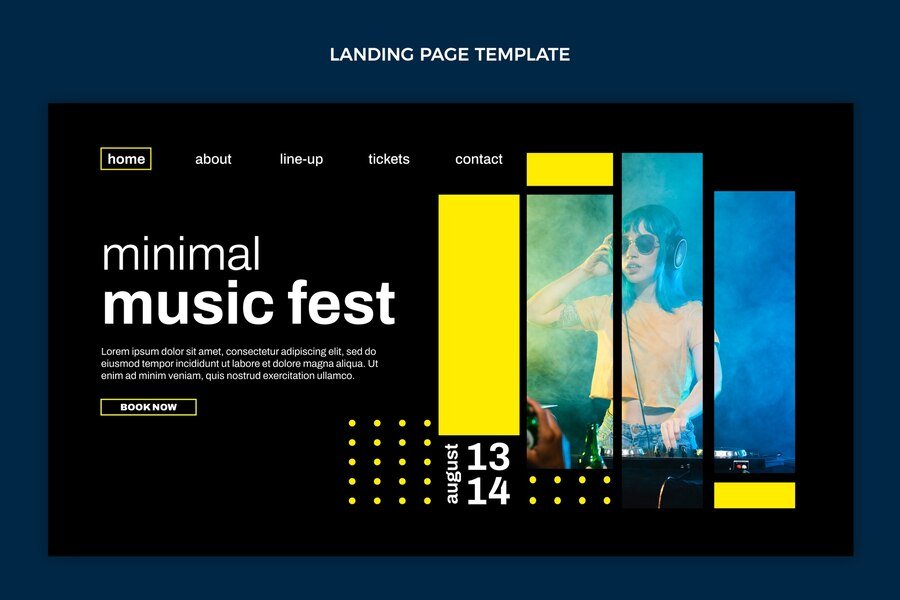In complementary therapy, where holistic healing and personal connections are vital, a blog can extend your therapeutic touch. For therapists, blogging is about enriching your website with valuable content that resonates with current and potential clients. Here’s how to start blogging effectively.
Understanding the ‘Why’ of Your Blog
Before we discuss the ‘how’, let’s consider the ‘why’. For you, blogging is a way to share knowledge, showcase your expertise, and provide value beyond the therapy room. It’s a path to enhance your digital presence.
Decoding the Anatomy of a Blog Post
A quality blog post usually includes:
A Compelling Title: It’s your first impression. Make it inviting.
An Engaging Opening: Use a personal story or a thought-provoking question to draw readers in.
Informative and Relevant Content: Offer insights into therapy methods, wellness tips, or mind-body-spirit balance strategies.
Visual Elements: Use images or videos to complement your text.
A Clear Conclusion: Summarize your main points and invite engagement.
A Call to Action: Encourage readers to book a session, leave a comment, or share the post.

What to Write About
Your topics should reflect your clients’ interests and needs:
Techniques Explained: Simplify acupuncture, reflexology, or any modality you specialize in.
Client Journeys: With permission, share success stories to illustrate your work’s impact.
Wellness Trends: Discuss new wellness trends, linking them to traditional practices.
Self-care Tips: Offer advice on maintaining balance and well-being between sessions.
Therapy FAQs: Answer common questions to ease potential clients’ concerns.
SEO and Your Blog
Search Engine Optimization (SEO) helps potential clients find you online. By integrating relevant keywords naturally into your posts, you can improve your website’s visibility. Prioritize quality and relevance, as Google favors content that meets the searcher’s intent.
Consistency is Key
Set a realistic blogging schedule — whether weekly, biweekly, or monthly — and stick to it. Consistent blogging keeps your website fresh and encourages readers to return.
Engage with Your Audience
End your posts with a question or thought that invites comments. Respond to comments to build a community around your blog. This interaction not only nurtures relationships but also signals to search engines that your content is valuable.
Promote Your Blog
Use social media to share your blog posts. Platforms like LinkedIn, Facebook, and Instagram can help you reach a broader audience. Encourage sharing to expand your reach.
Continuous Learning and Adaptation
Stay updated on blogging trends and SEO changes. The digital world evolves, and what works today may change tomorrow. Keep learning and adapting your approach.
Conclusion
For a complementary therapist, blogging is about building connections that could grow into therapeutic relationships. It’s about establishing trust, showcasing expertise, and providing value beyond the therapy session. Your blog can reflect your practice’s heart and soul, inviting readers to engage and connect. Start blogging with purpose and passion, and let your digital presence naturally extend your therapeutic practice.













